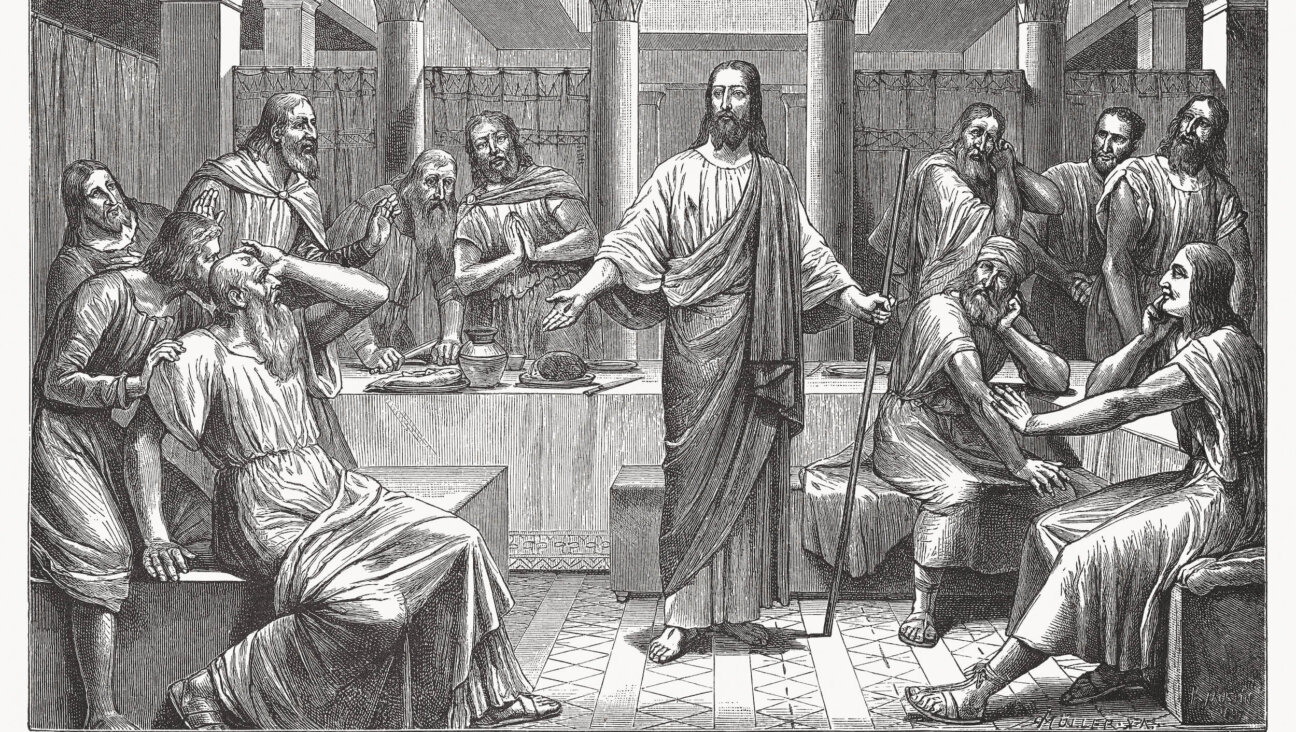Some Scholarly Looks at Women’s Hair Coverings
Jewish women’s head covering is once again in the news, a heated topic among rabbinic men who are obviously not afraid of a little invective when it comes to women’s bodies.
The latest item is an incendiary letter by a Canadian Haredi rabbi named Shlomo Miller. Miller was responding to a scholarly article by Rabbi Michael Broyde in the journal “Tradition” that demonstrates that head covering is not a commandment written in stone, as it were, but “merely” a rabbinic prohibition that evolved over generations and therefore has room for interpretation and flexibility.
Miller, in response, said of Broyde’s article that “all the lengthy diatribe therein is nothingness and an evil spirit,” and proceeded to compare him to “Acher,” a notorious heretic in Jewish history. So much for reasoned debate.
Broyde’s article was actually written more than a year ago, making Miller’s reaction a bit late in coming. Nevertheless, whether because Miller is a religious celebrity or because his language was so harsh, it seems that Miller’s letter is buzzing the Orthodox Jewish blogosphere.
The blogger DovBear is one of the few to take Miller to task. He writes, “Seems like a lot of anger for no reason.” Well, it certainly is a lot of anger, but “no reason” ignores a very important dynamic among Orthodox rabbis. That is, when it comes to women’s bodies — particularly the increasing demands on Orthodox women to cover up more and more — there is a lot at stake. This is about the entire social identity and status of said rabbis and their followers that is at risk.
The Orthodox world over the past century has become a culture into a culture in which men define their “level” of religiousness — and hence their own power and standing in the community — based on the extent of cover on the bodies of the women associated with them. Religious identification — for men even more than for women — is measured along the woman’s body, as if our bodies have a religious ruler running along our arms, our legs, our necks, our elbow. Degrees of cover mark degrees of approval and acceptance as women are observed and judged: Leaves out fringe, leaves out ponytail, goes without stockings, shows the knees, shows the elbows, shows above the elbows (gasp!) shows above the knees (double gasp!), shows two inches below the neck (choking!), wears jeans (help me I’m fainting!). The woman’s body is a symbol for the entire community of men who surround her. In order for them to be respected by other men in their own world, the woman has to cover herself, and the more the better.
Thus, for Broyde to suggest that perhaps women do not actually have to cover their hair according to the strict ruling of the law — well, this may have legal merit, but it is a huge threat to the societal conventions of religious life. He is messing up the social order.
Jewish feminist scholar and activist Susan Weiss takes this idea even further, reminding us that these laws are about owning women’s sexuality. In an article in “Nashim” entitled, “Under Cover: Demystification of women’s head covering in Jewish law,” Weiss writes that head-covering, like the Jewish marriage ceremony, and like the Jewish laws of divorce, demarcates the exclusive and unilateral property rights that a Jewish husband has in his wife’s sexuality.” Weiss brings some compelling evidence both from sociological theory and from texts of women explaining why they cover their hair. Weiss also makes a strong case for the connection between women as chattel and the ongoing struggle of Jewish women in divorce, particularly the problem of agunot, or women chained to unwanted marriages, because their husbands refuse them a divorce decree:
[W]omen’s head-covering obscures, legitimates, naturalizes and thereby perpetuates the manner in which Jewish men retain proprietary interests in their wives’ sexuality. So do the rituals of marriage and divorce. And so does the framing of the laws regarding the agunah and Israel’s laws of marital property. Only by unmasking the many creative ways in which our customs, rituals and laws act as mythical signifiers that protect the property interests of men will we be better able to protect the interests of women.
Weiss speaks great truths, but given the state of rhetorical debates among self-proclaimed Orthodox male leadership, I’m not sure that the Orthodox world has room for truth.

















